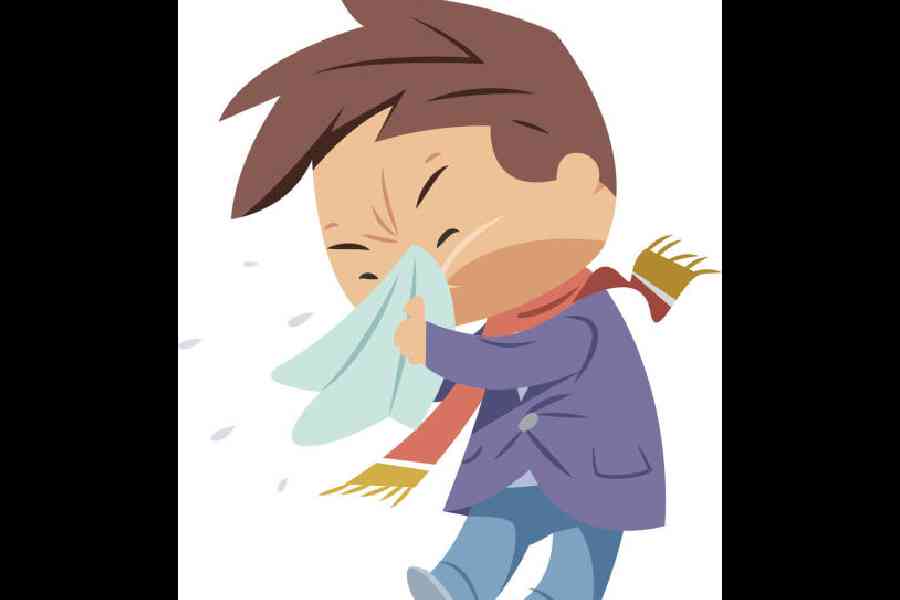Ever wondered about the explosive phenomenon of sneezing? It’s more than just a reflex; it’s a powerful expulsion of air, and sometimes mucus, reaching speeds of up to 150 kilometres per hour. Accompanied by a sudden closure of the eyes, a sneeze is an involuntary response that can’t be easily suppressed. Attempting to stifle a sneeze can lead to serious consequences, including ruptured eardrums or, in rare cases, the bursting of blood vessels in the brain or elsewhere.
While a single sneeze or two may be manageable, experiencing a rapid succession of more than 100 sneezes can be utterly draining, reducing one’s efficiency and even posing risks, especially when driving.
Sneezing is a protective mechanism to expel foreign particles from the nasal passages — anything from dust and pollen to viruses and bacteria. Even exposure to certain spices — mainly pepper, chilli powder, turmeric and coriander — or sudden changes in environmental conditions can trigger sneezing, highlighting the sensitivity of some individuals to external stimuli.
Some people are more sensitive to external stimuli than others. Even in the absence of foreign particles, they may start to sneeze. This may be triggered by a sudden exposure to bright light, cold air or even just waking up in the morning. Vigorous exercise can also trigger sneezing.
This type of sneezing, which occurs without exposure to allergens, tends to run in families. There is definitely a genetic component. The whole family sometimes sneezes. This photic sneeze syndrome (PSS) is also known as autosomal dominant compelling helio-ophthalmic outburst (ACHOO). Though it sounds fancy, it just means sneezing brought on by bright light exposure. It is an inherited trait. About 35 per cent of the population is affected by PSS, which is more likely if there is a deviated nasal septum.
There are several ways to tackle this problem:
Sometimes, people use a non-absorbed steroid spray in both nostrils. Since it is not absorbed, there are no side effects. Antihistamines can reduce allergies, watery, runny noses and sneezing. Some of the newer antihistamines, such as loratadine and cetirizine, are less sedating than the older ones. They are also long-lasting and need to be taken only once a day.
The writer has a family practice at Vellore and is the author of Staying Healthy in Modern India. If you have any questions on health issues please write to yourhealthgm@yahoo.co.in










